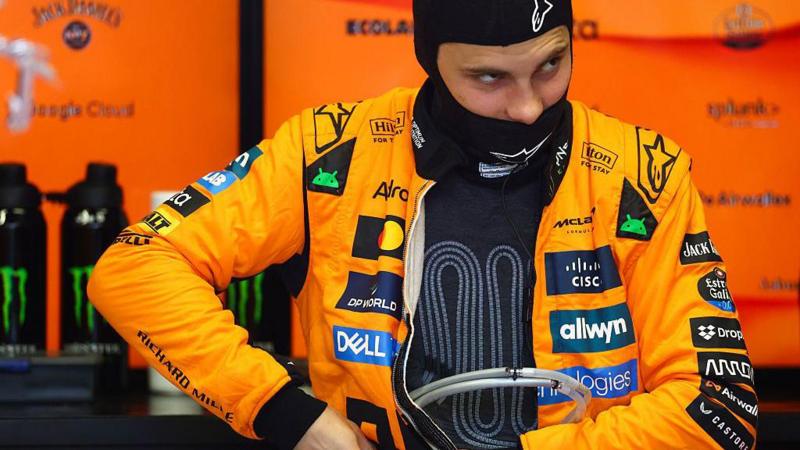Summary
The Singapore Grand Prix has been labeled the first "heat hazard" race by Formula 1's governing body, due to high temperatures and humidity. Drivers may use special cooling vests to manage the heat, but their use is not mandatory for the race. This decision is based on new rules following past races where extreme heat caused health issues for several drivers.
Key Facts
- The Singapore Grand Prix takes place from 3-5 October, with the main race on Sunday.
- The FIA declared the Singapore race a "heat hazard" due to expected high temperatures above 31°C and humidity.
- Drivers may wear cooling vests during the race to help manage the heat.
- The cooling system is not required, but teams must have it in cars to ensure no weight advantage is gained by not using it.
- This is the first time a race has been officially designated a "heat hazard."
- Previous races, like the Qatar Grand Prix, saw drivers experiencing severe heat-related issues.
- Some drivers have mixed feelings about the effectiveness and comfort of the cooling vests.
- The cooling system involves a vest with tubes that circulate cooled liquid to lower body temperature in high cockpit heat.
